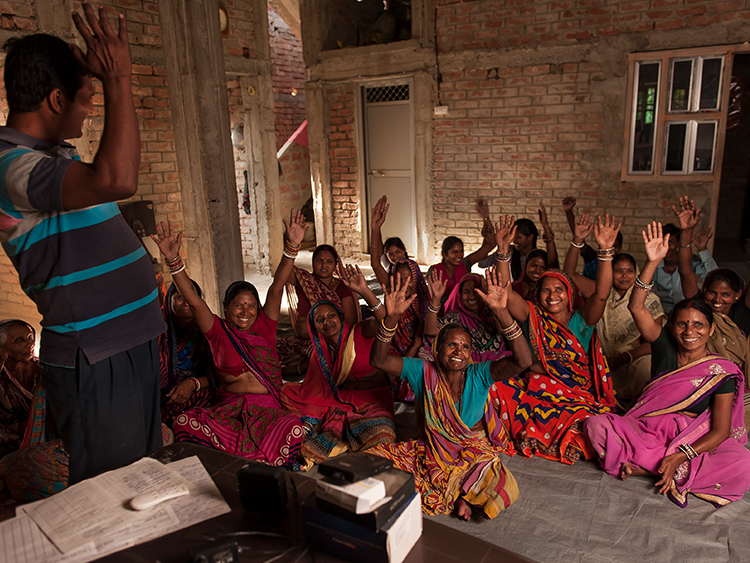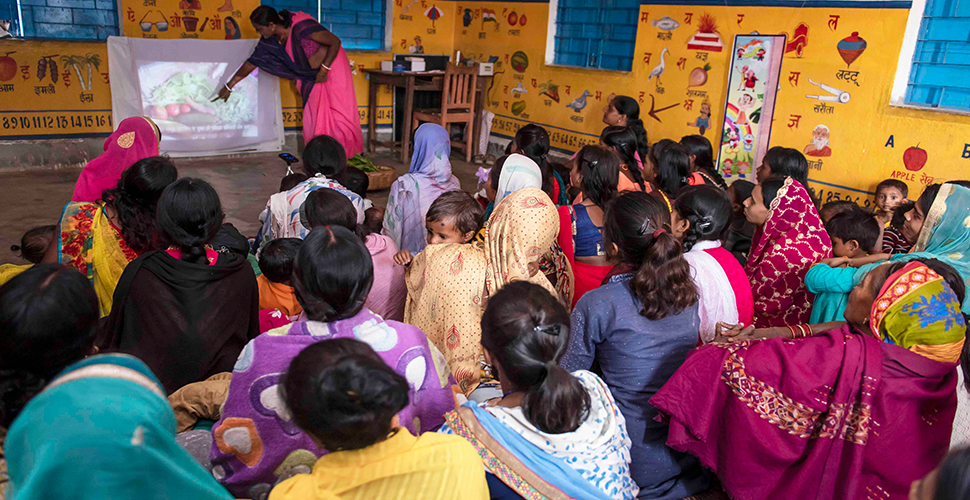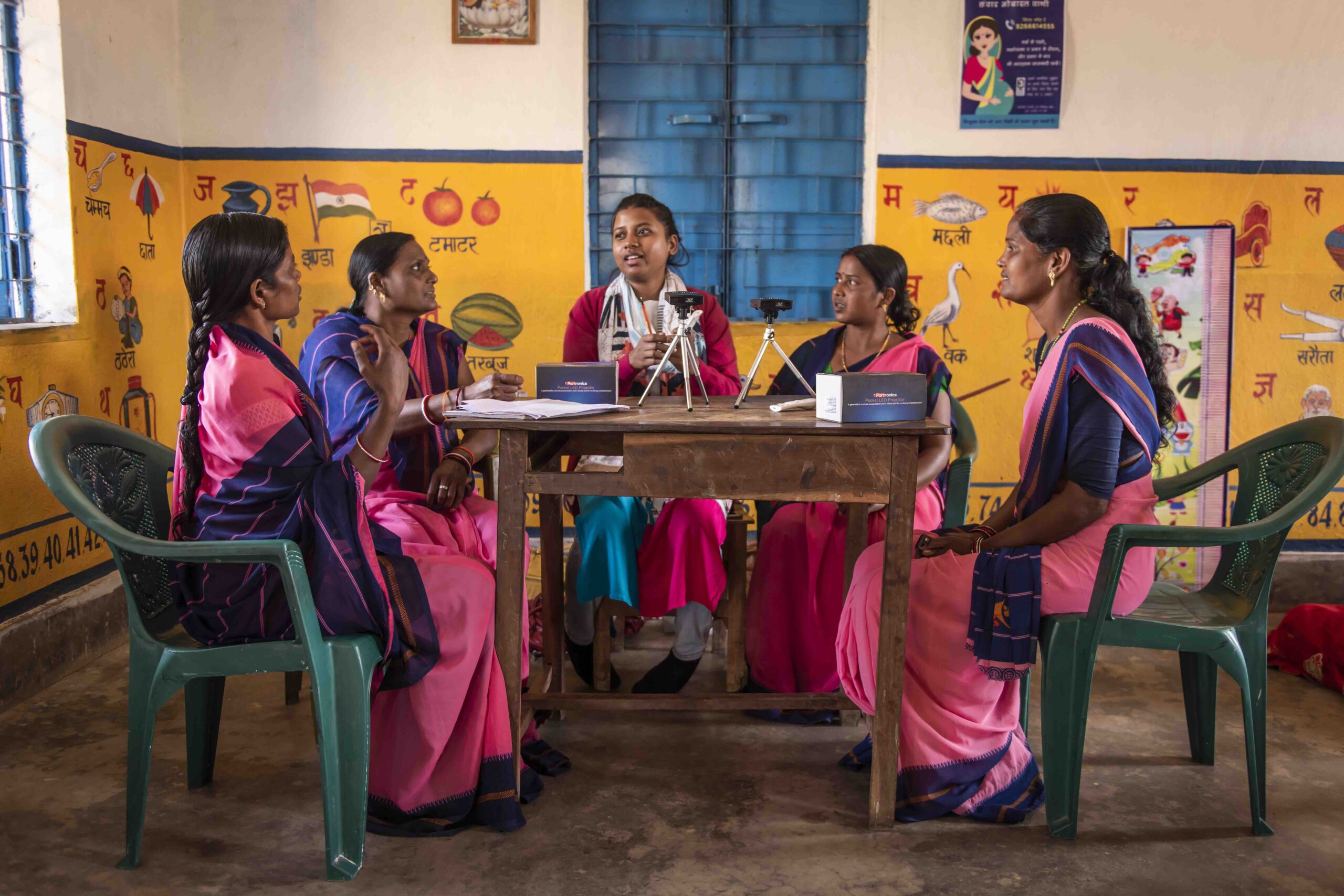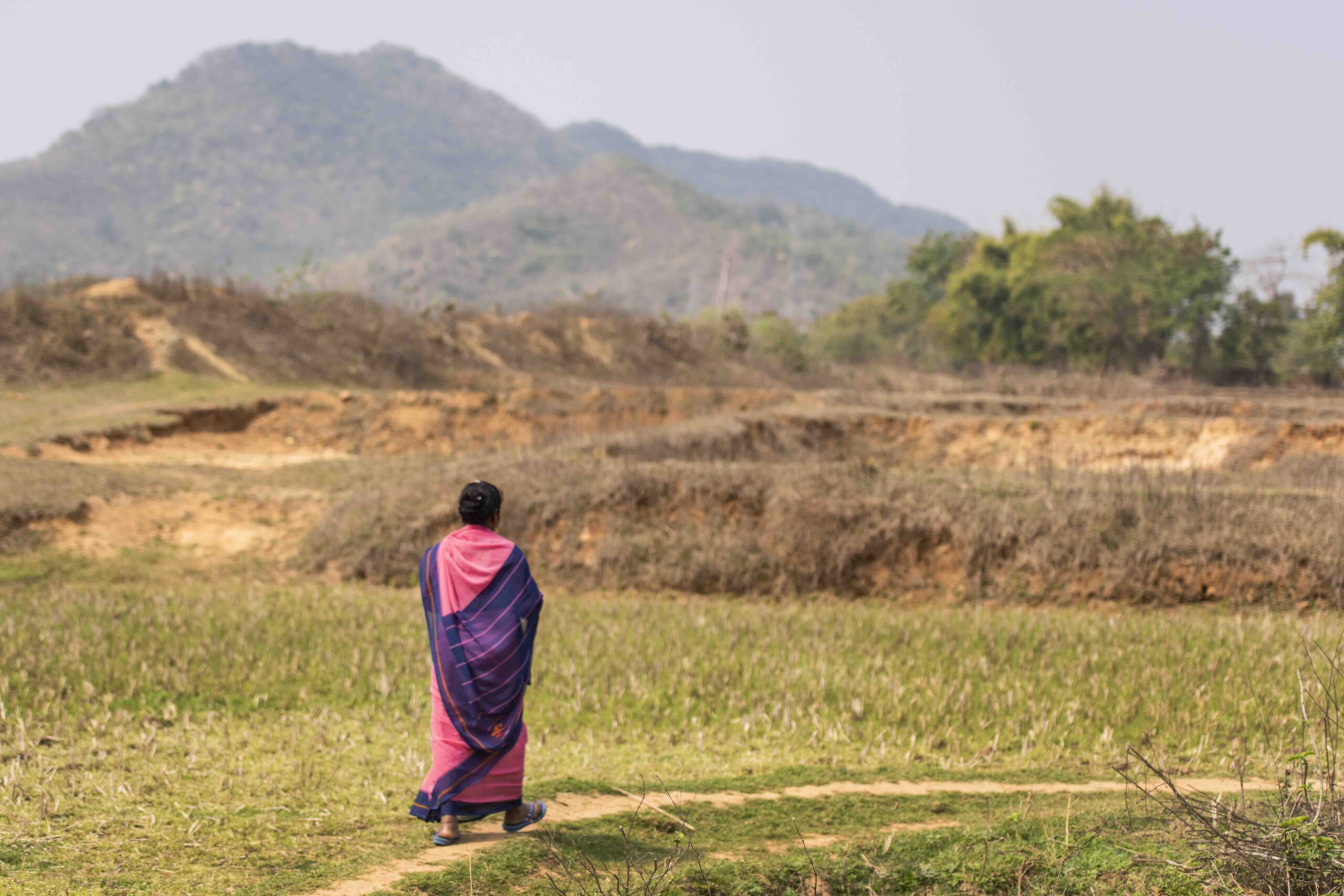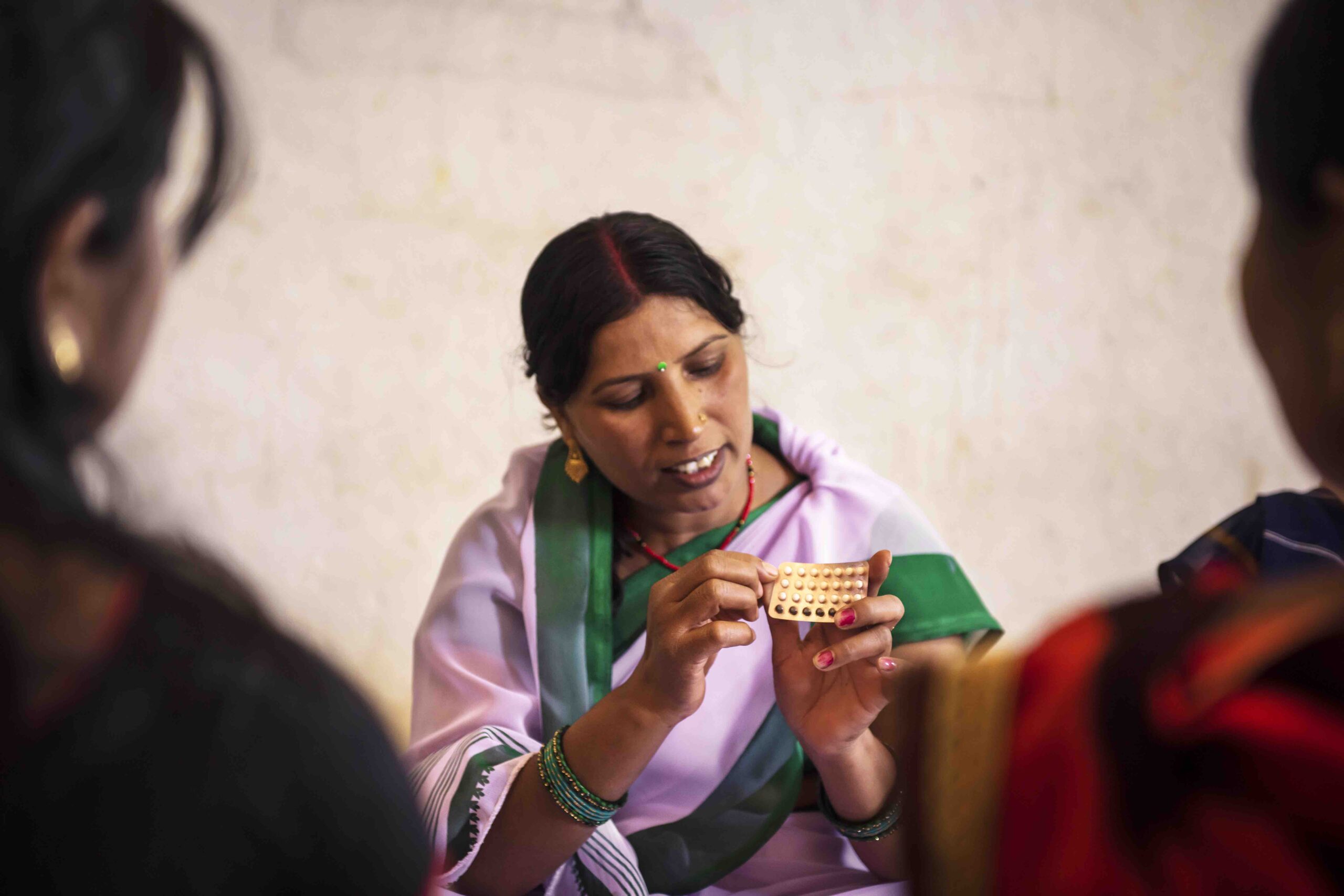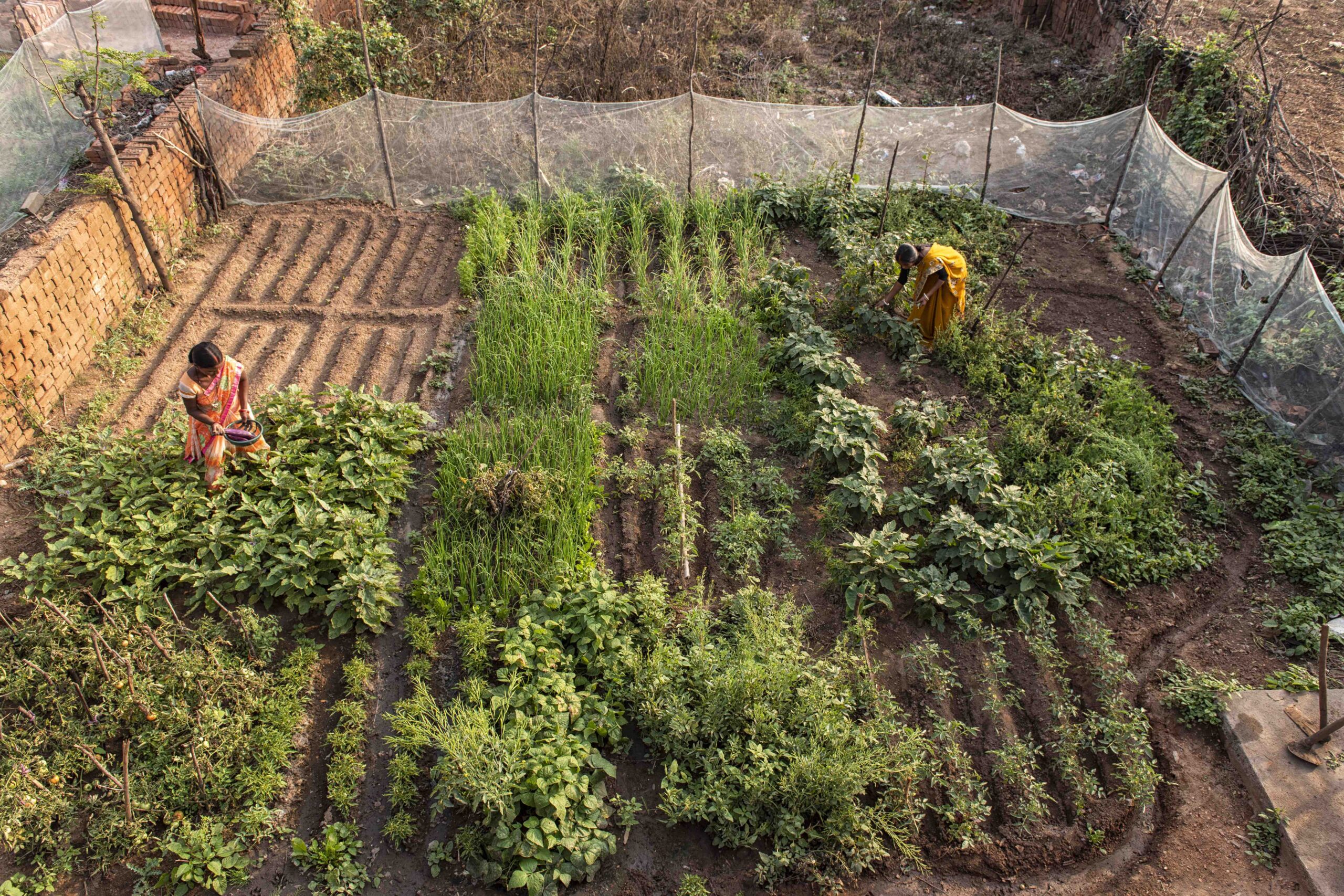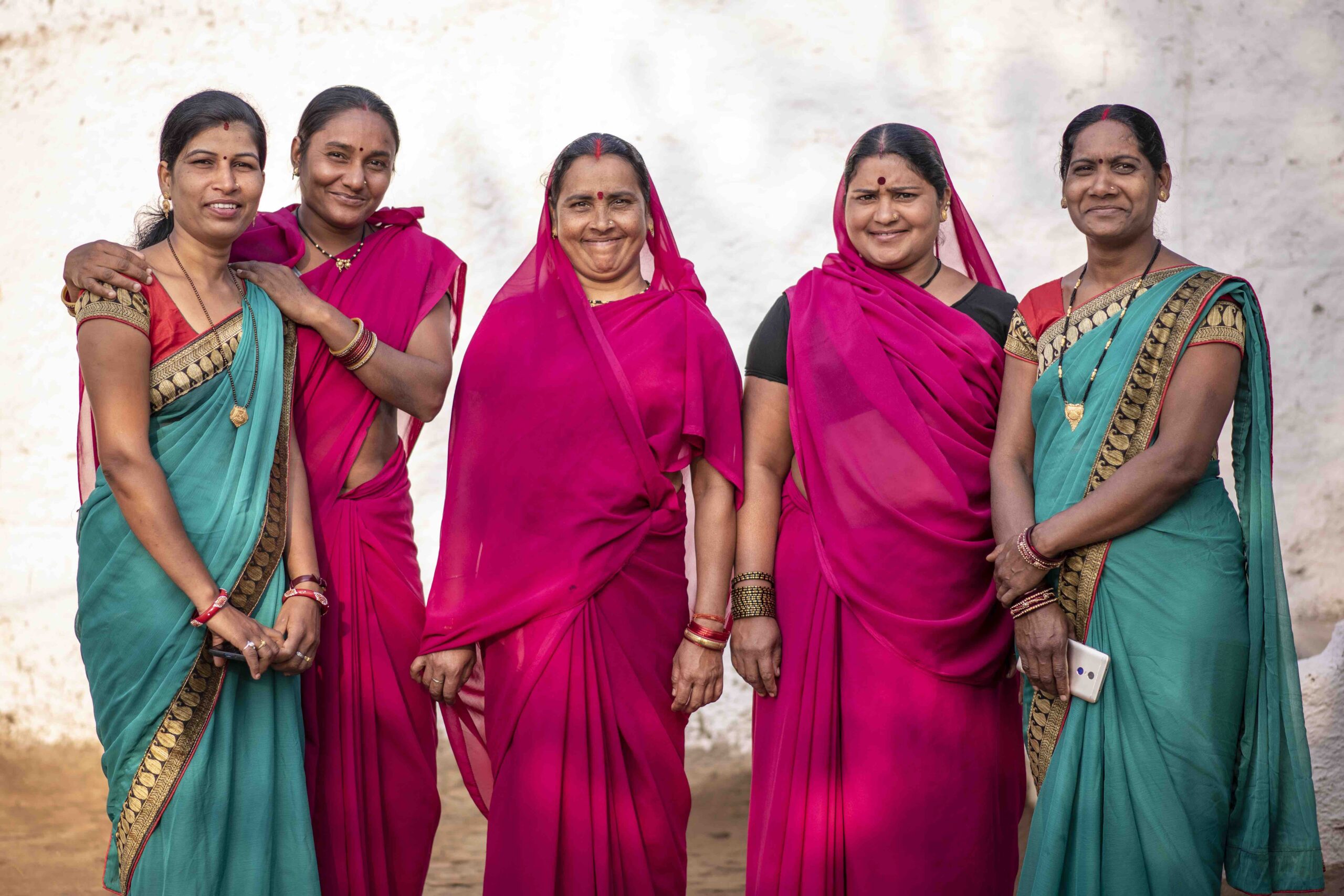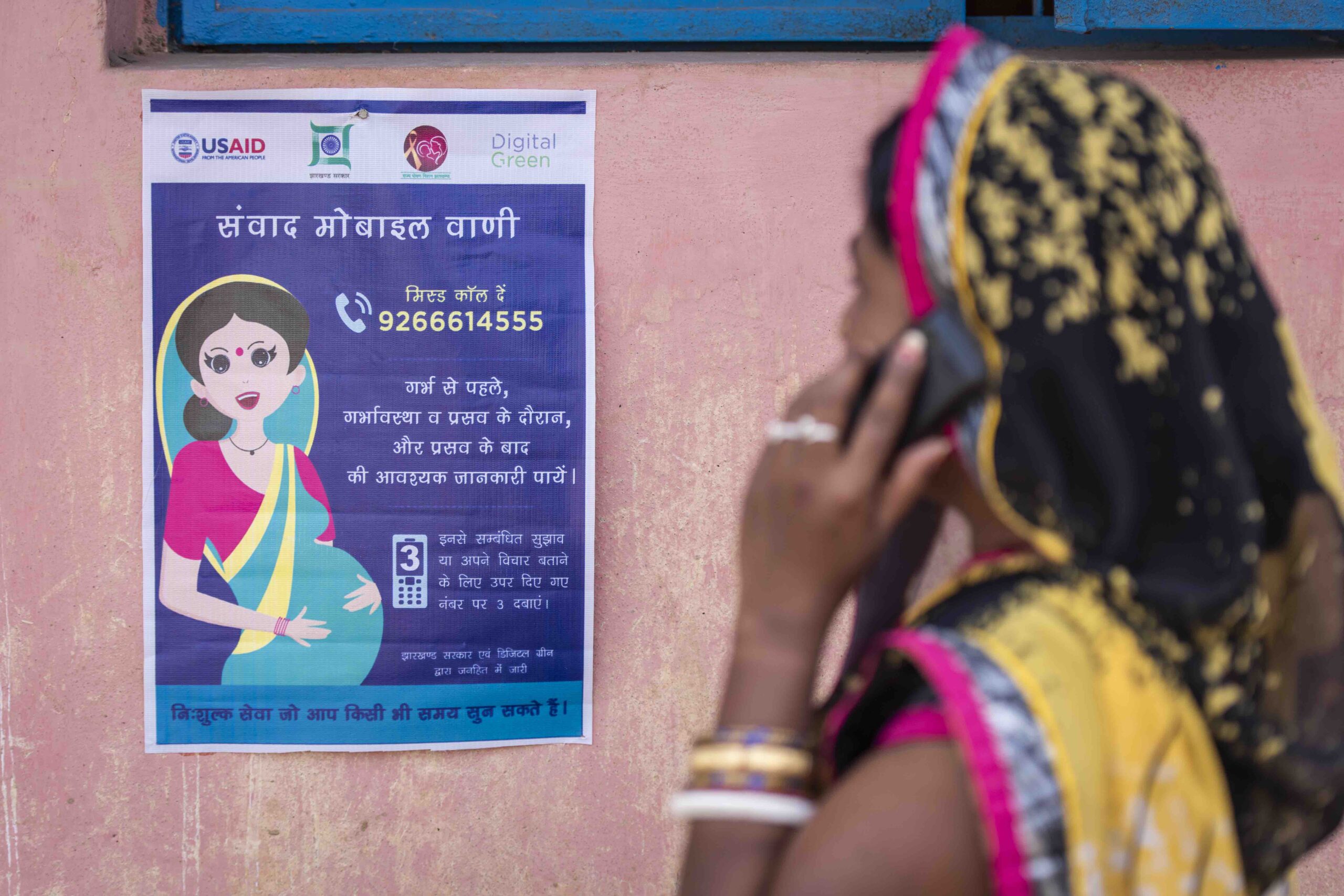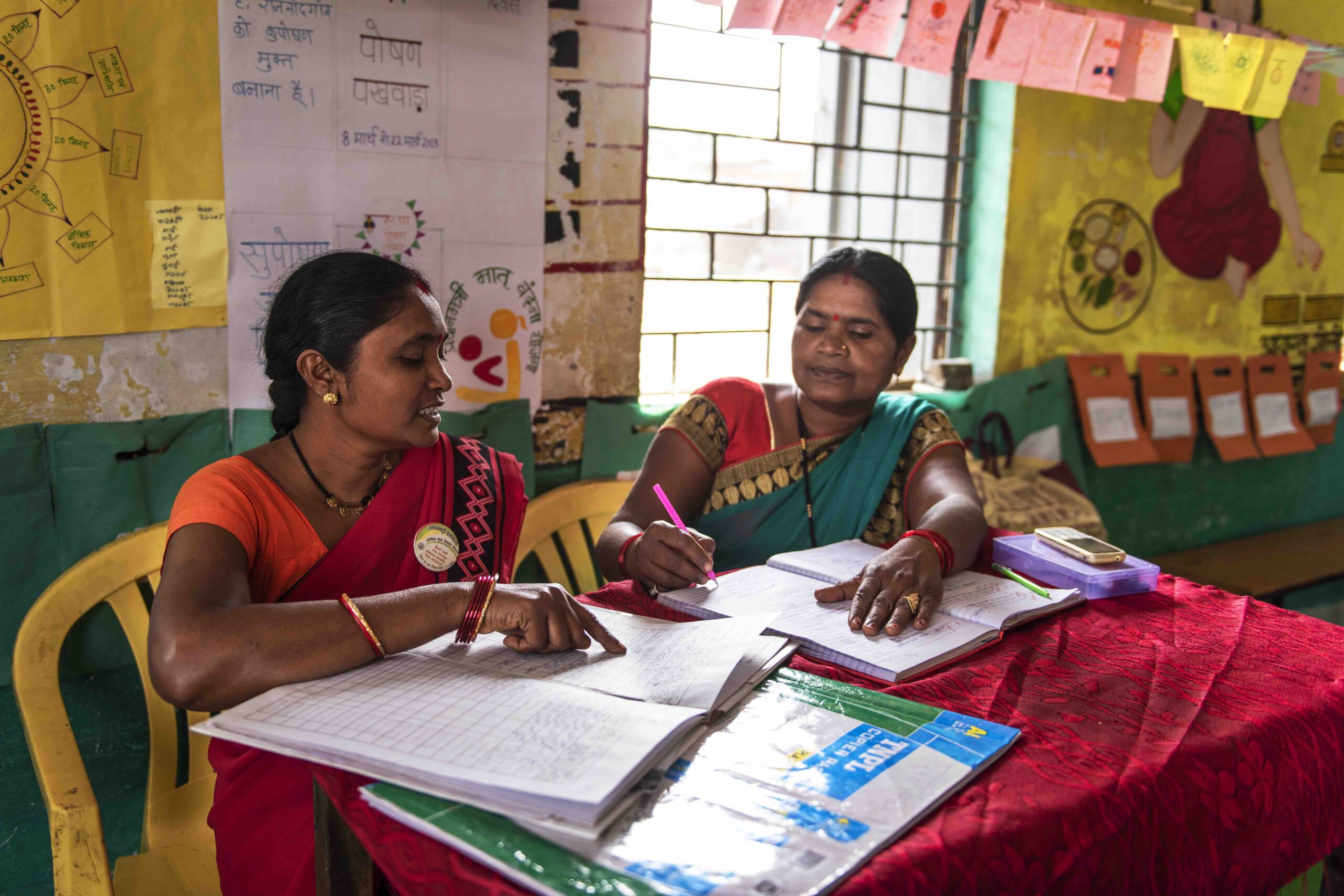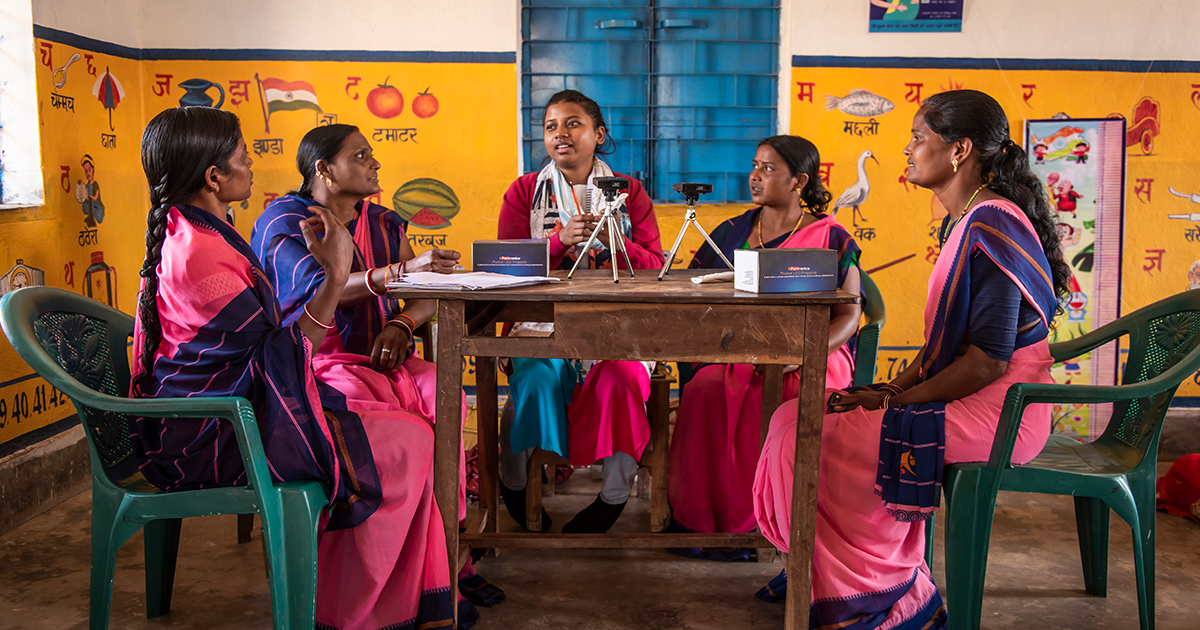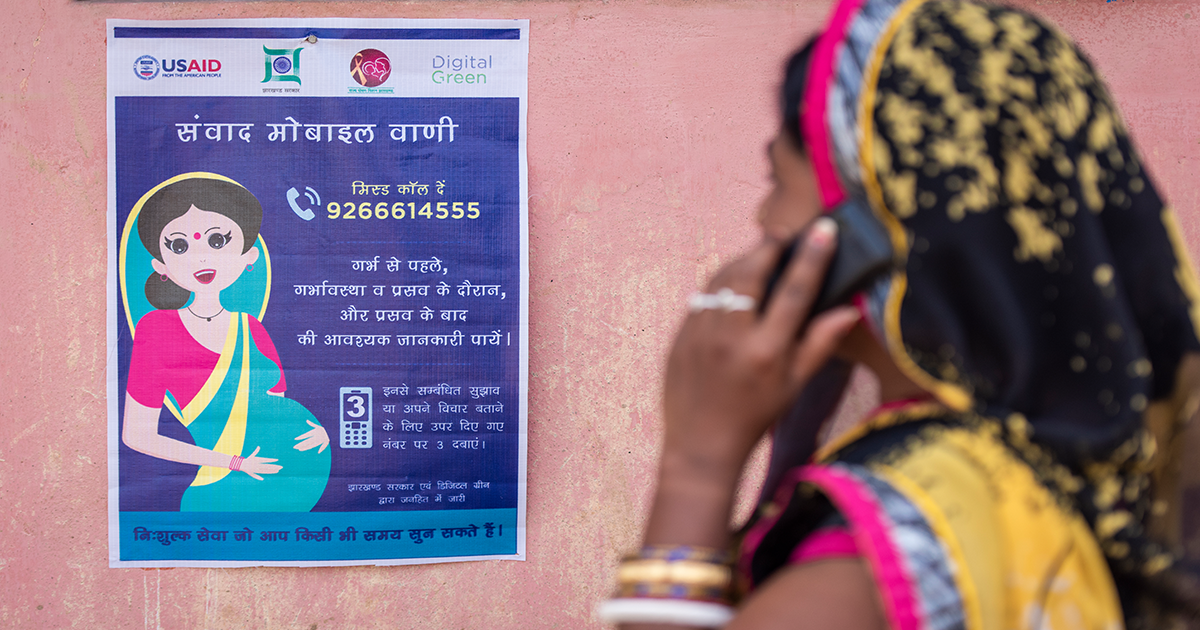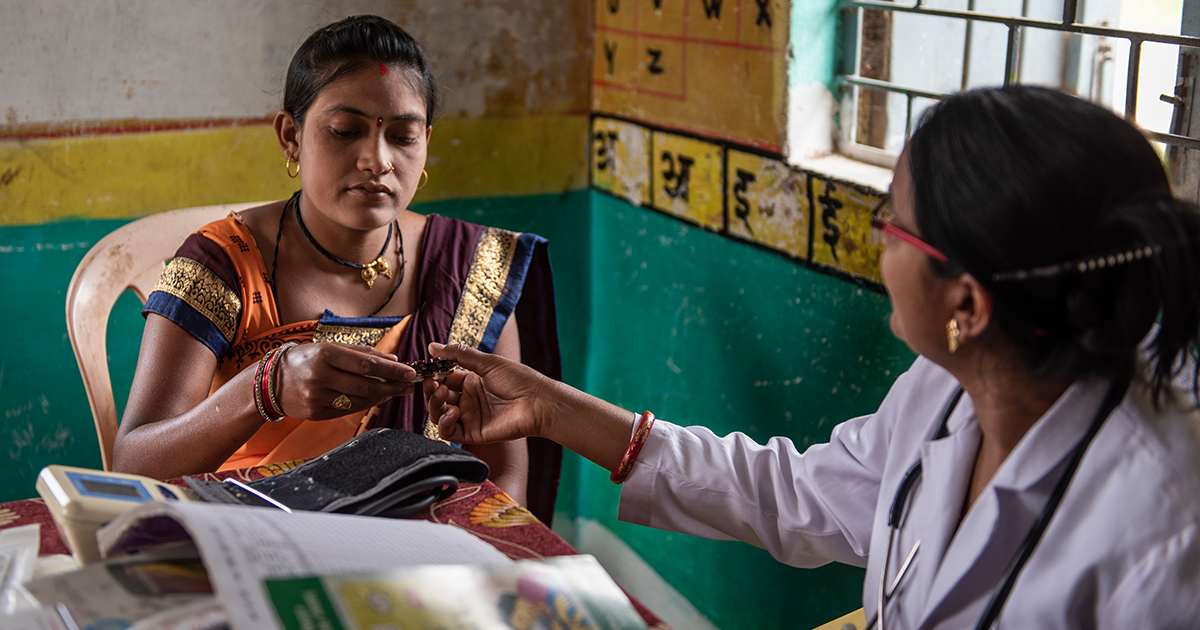Communicating Best Practices
If there is anything that we have learned during this ongoing global crisis, it is the reorientation of our societal values. Now, more than ever, we link our own health, safety, and wellbeing with that of the larger community. It is times like this, where it is imperative to acknowledge the availability and access to proper health and nutrition services especially in rural and remote communities that are often risk-averse. Utmost importance must be given to strengthening these systems in place.
Digital Green is an international development organization that harnesses the power of technology and grassroots-level partnerships to empower rural communities through the promotion of best practices in agriculture, health, and nutrition. Our community video-based solution has been a powerful digital tool in the hands of ground-level agents themselves to influence the adoption of these practices within these rural communities.
In 2012, through a series of pilot projects in India and Sub-saharan Africa, we drew lessons from the global success of the community video-based solution in agricultural extension to also be adopted in health and nutrition projects. Samvad, which means ‘dialogue’ in Hindi, was a program started in 2015 to leverage the power of ICT enabled approaches to increase the adoption of an optimal maternal, infant, and child health, nutrition, and family planning practices among women in the reproductive age groups, particularly in the critical 1000 day period (from the time of conception to when a child is 2 years old). Project Samvad is funded by USAID and implemented by partners such as National Health Missions, and State Rural Livelihood Promotion Societies. This work is spanned across 6 states – Bihar, Chhattisgarh, Jharkhand, Odisha, Uttarakhand, and most recently, Assam.
Unlike the adoption of agricultural practices which are evident when adopted, health and nutrition practices are not always physically verifiable. Digital communications tools and content, in this case, would have to be more nuanced with effective messaging. Best practices related to specific behaviors are dramatized so that the larger community can relate to it, and are disseminated in local languages and dialects. There is extensive research and contextual analysis carried out in order to understand local taboos, myths, and traditional community practices that are contrary to scientifically proven practices or alternatively that can be used in key messaging for better comprehension. The most impactful practices to share are identified in collaboration with researchers, and practitioners and by spending time in the field to understand challenges faced and the resources that the community can or cannot access. Some examples of the thematic areas shared through videos include – community feeding, mother’s diet, WASH, family planning.
The dissemination of these videos happens in a systematic manner – they are logged in a content calendar and are shared in stages so as to acquaint community members and frontline workers and guide them through the adoption of practices.
These communications tools and approaches are the fulcrum of change in the community through the dialogues that they create to enable social behavioral change. Over the years, we have consciously worked with agricultural and health extension systems to ensure the ownership of our approach, and expand their reach and capacity of their interventions to impact behavior change at a human level.
A Hybrid Digital Approach
With increased digital penetration and the use of mobile phones in rural India, a comprehensive, hybrid digital approach that combines varied ICT-enabled solutions provides an opportunity to increase awareness, widen reach, and achieve higher adoption by the targeted beneficiaries. This model would also be more cost-effective, offering an advantage over the traditional system of mobilizing people.
The COVID-19 pandemic has greatly affected the availability and access to health and nutrition services and has brought out innate inequalities in the reach and quality of these services to remote communities. As a result, the hybrid digital model of communication was employed to mitigate these effects and strengthen health and nutrition services at the click of a button.
Community videos, widely used and known now, have been shortened and disseminated via Whatsapp, and other ICT solutions such as IVR (Interactive Voice Response) for audio messages, and Chatbots have complemented the video-based outreach to reach ground level agents of change at any point of time. The ‘Samvad Mobile Vaani’, for example, is the free-of-cost IVR-based platform that allows communities to listen to health, nutrition, and family planning messages just by giving a missed call and receiving a call back from the system. The two-way communication that this platform provides is unique wherein the audience can hear the pre-recorded message and also record their own in response to what they are listening to. This can include feedback, queries, and even sharing experiences.
One successful example of this has been with Salma Kathun, a mother of an 8-month-old child in Jai Nagar, who was not aware of the importance of a balanced diet for her child’s growth, as a result of which her child was very weak. When Sharya Bano, an Anganwadi worker showed her a video on complementary feeding and shared the Samvad Mobile Vaani number with her, she became a frequent listener and started following the practices suggested. Since then, her child’s health has improved, and has gained weight as well.
Phone Survey to Assess the Effectiveness of a Hybrid Approach
After one and a half years since the pandemic, Digital Green conducted a phone-based survey to gain insights into the utility and the merits of a combined hybrid approach with varied communications channels. This was also conducted to get a better understanding of the implications of COVID-19 on the health and nutrition in these communities, and the training and knowledge of frontline workers about their roles and responsibilities.
The survey found that the reach of the various mediums of communication was higher for women, standing at 88% compared to men which were at 62%. All digital tools used to disseminate messages to the community are targeted towards both men and women as in most cases, men of the household have had singular access to mobile phone devices.
Given the vitality and influence of frontline workers, the survey found that community exposure through non-digital mediums was much higher – over 77% of community members have been made aware of these digital tools through frontline workers. Since exposure through frontline workers is higher, we have focused on their capacity building to enable them in using digital tools for sharing videos and relevant information through Whatsapp.
Almost all community members who have received IVR phone calls, or watched these videos, have found them useful because they have provided relevant information on health and nutrition, and have been easy to understand. As IVR offers a unique advantage of being accessed through any mobile device at any time, awareness around this still needs to be increased over time.
